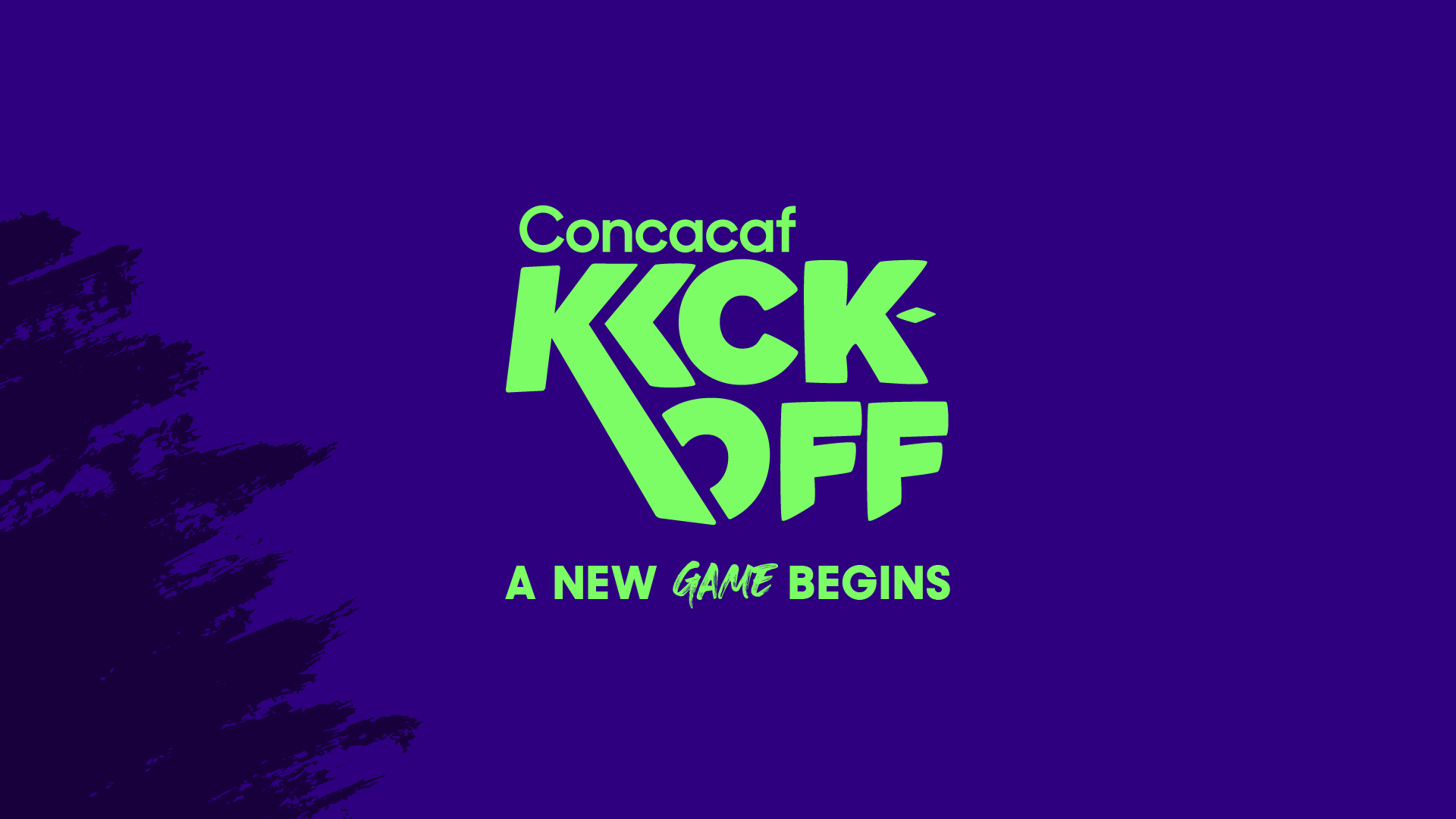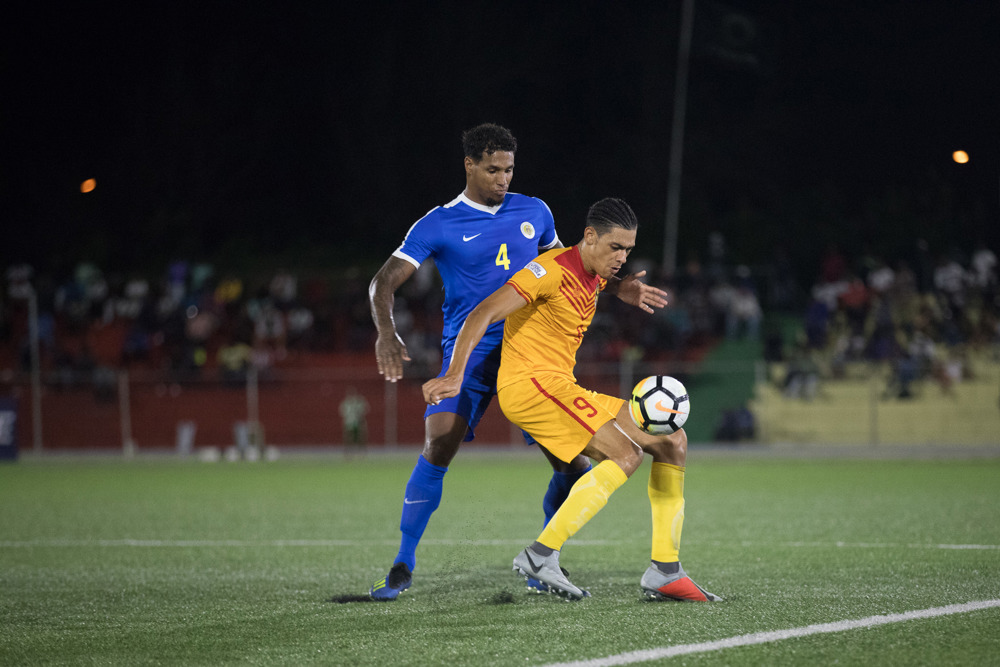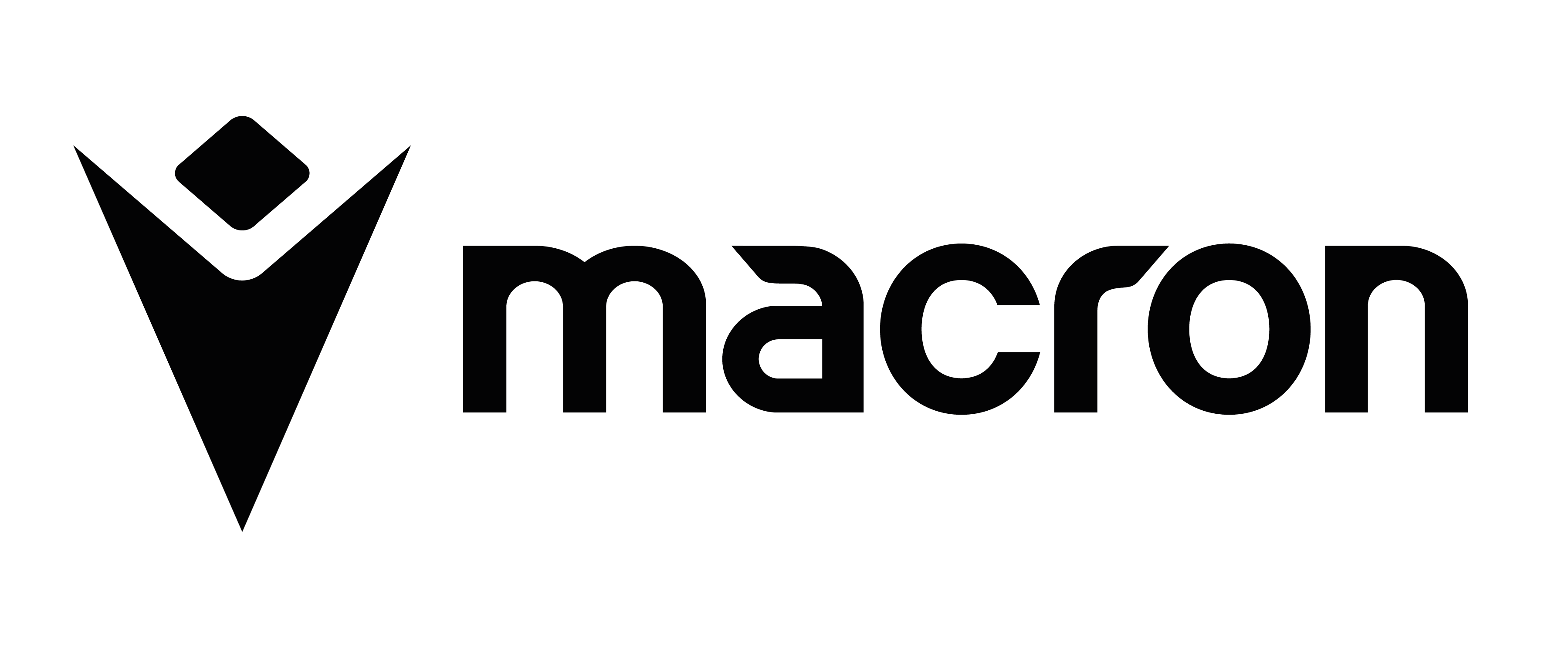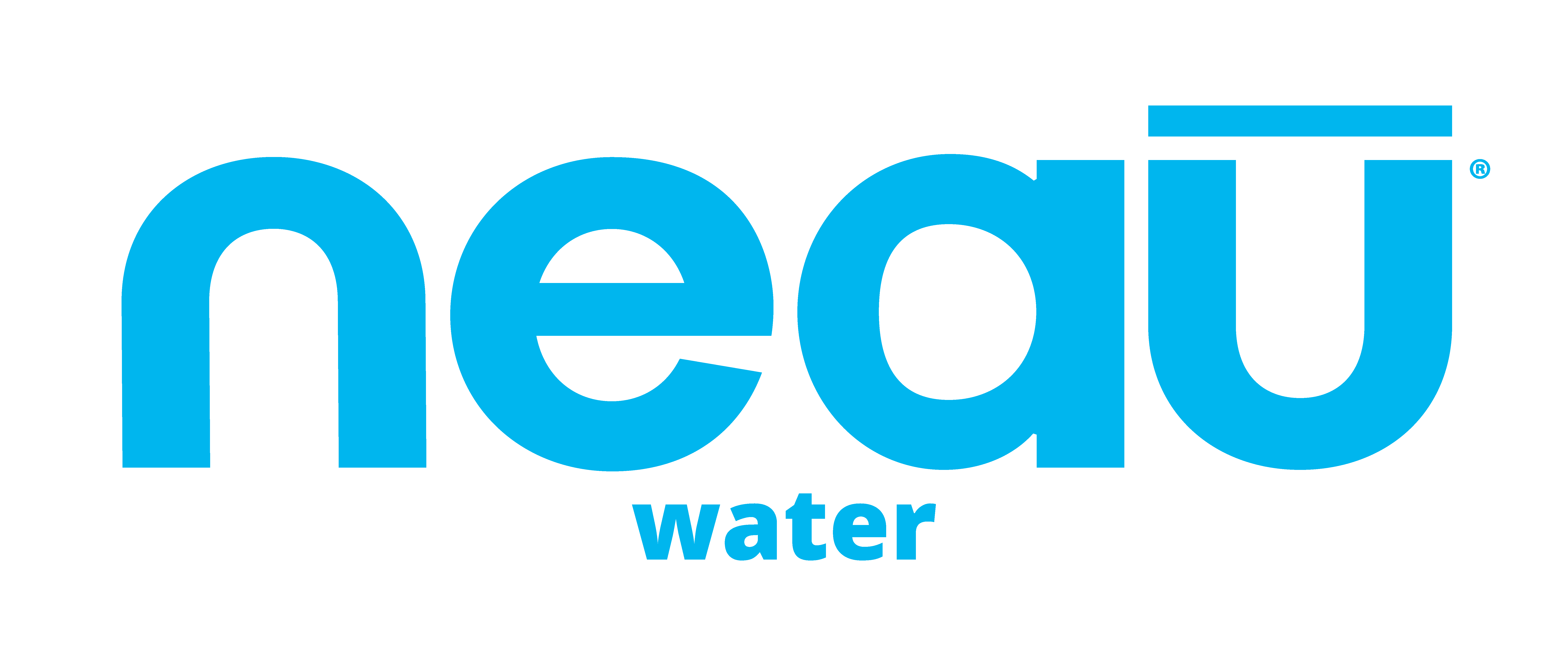MIAMI, Florida – There is no question that one of the great successes of Concacaf in recent years is the advent of the Concacaf Nations League, a widely acclaimed initiative put forth by the Confederation to assure that all 41 members have the opportunity to play and compete on a more regular basis.
The CNL kicked off with Concacaf Nations League Qualifying in September 2018 involving the 34 nations that did not compete in the final round of 2018 Concacaf World Cup Qualifying for Russia 2018 (Mexico, Costa Rica, Panama, Honduras, United States and Trinidad and Tobago), known as the Hexagonal.
CNLQ determined the seeding for the group phase of the inaugural CNL tournament, as well as the remaining 10 places in the 2019 Concacaf Gold Cup, with the other six spots designated for the six aforementioned Hexagonal teams.
Each of the 34 nations competing in CNLQ played four matches against different opponents from around the region, with matches taking place on FIFA dates in September 2018, October 2018, November 2018 and March 2019.
The 34 teams were split into four different pots based on their Concacaf Ranking Index as of March 2018, with the draw taking place that same month to determine the match-ups across all four matchdays.
Upon completion of CNLQ in March 2019, the top 10 teams qualified for the 2019 Gold Cup, while the top six teams qualified for League A of the 2019-20 Concacaf Nations League.
The teams that finished in seventh place through 22nd place qualified for League B, while the 23rd through 34th placed teams were slotted in League C, where they joined Guatemala.
For many of the nations, particularly in the Caribbean, CNLQ was the dawn of a new era, with national teams enjoying the fruits of regular competition and serving as the foundation of Concacaf’s ‘One Concacaf’ spirit.
























